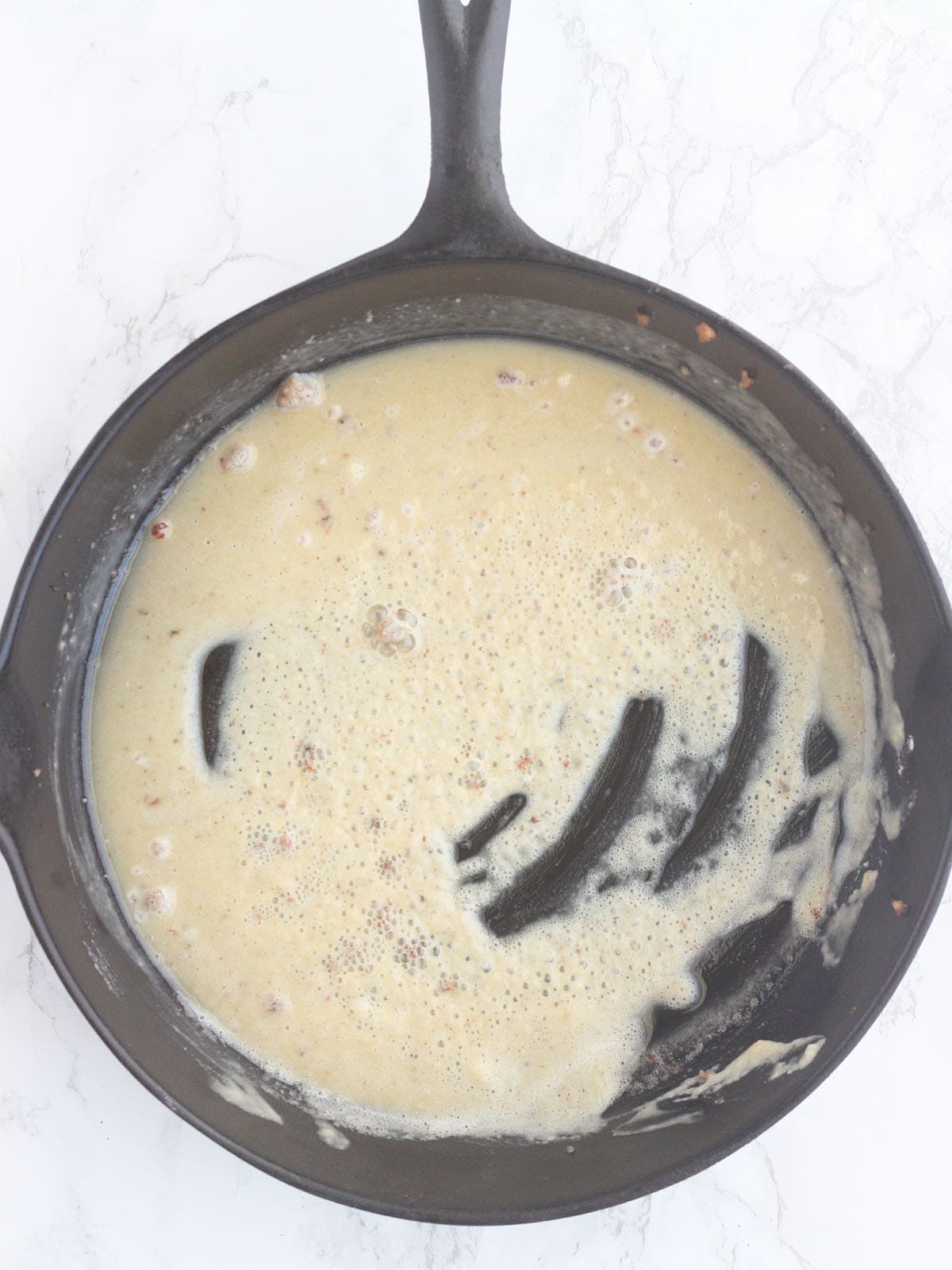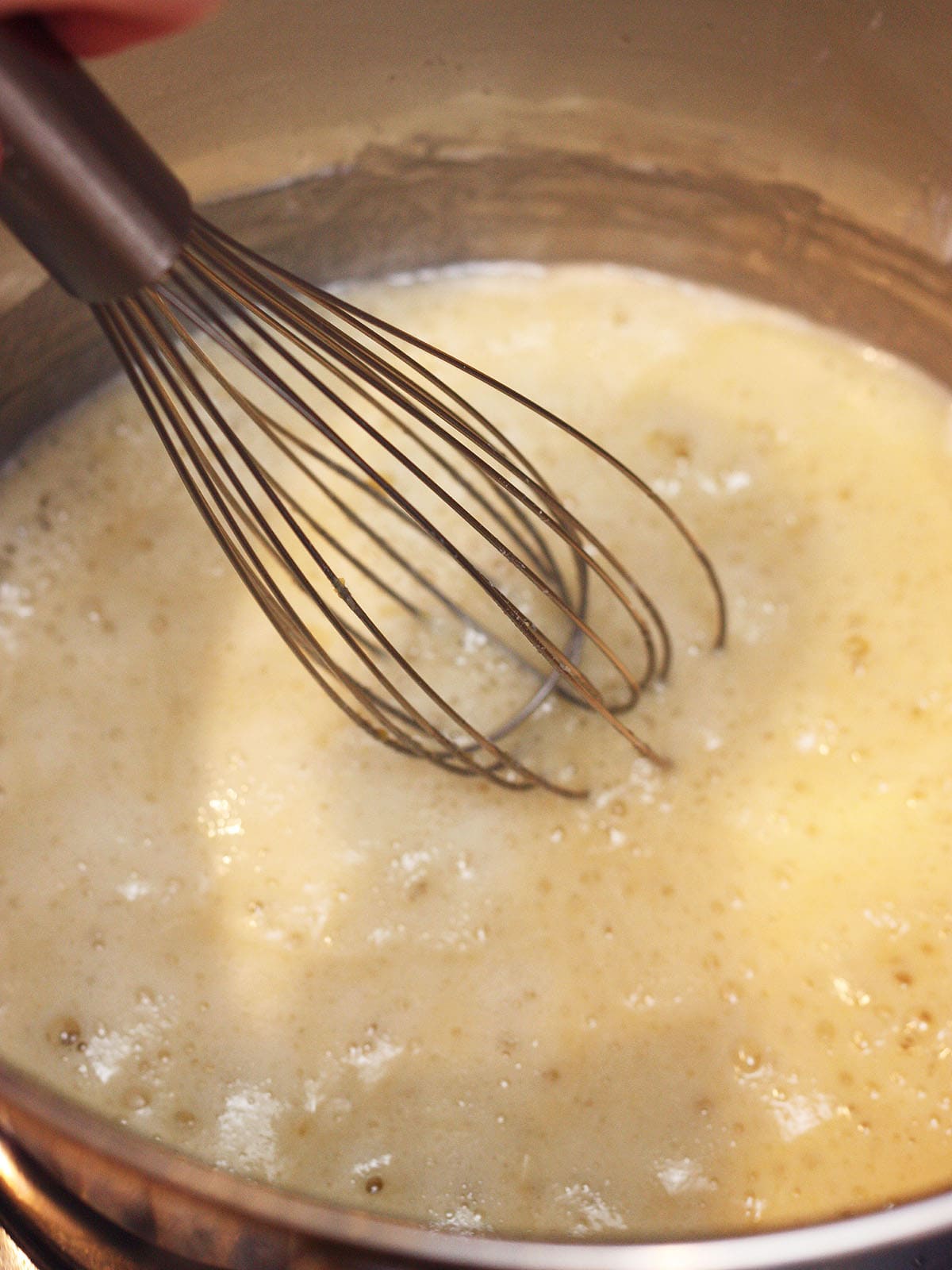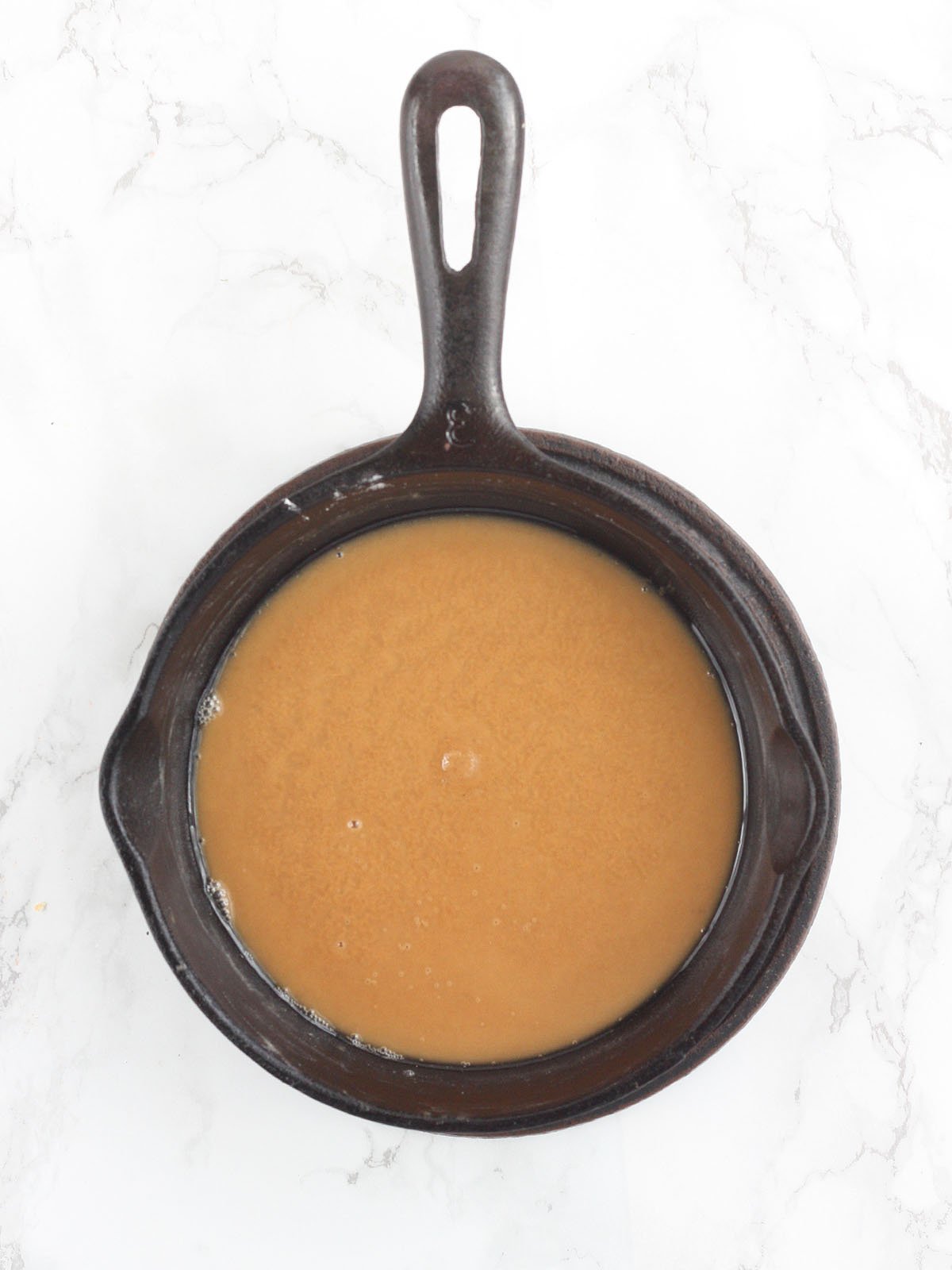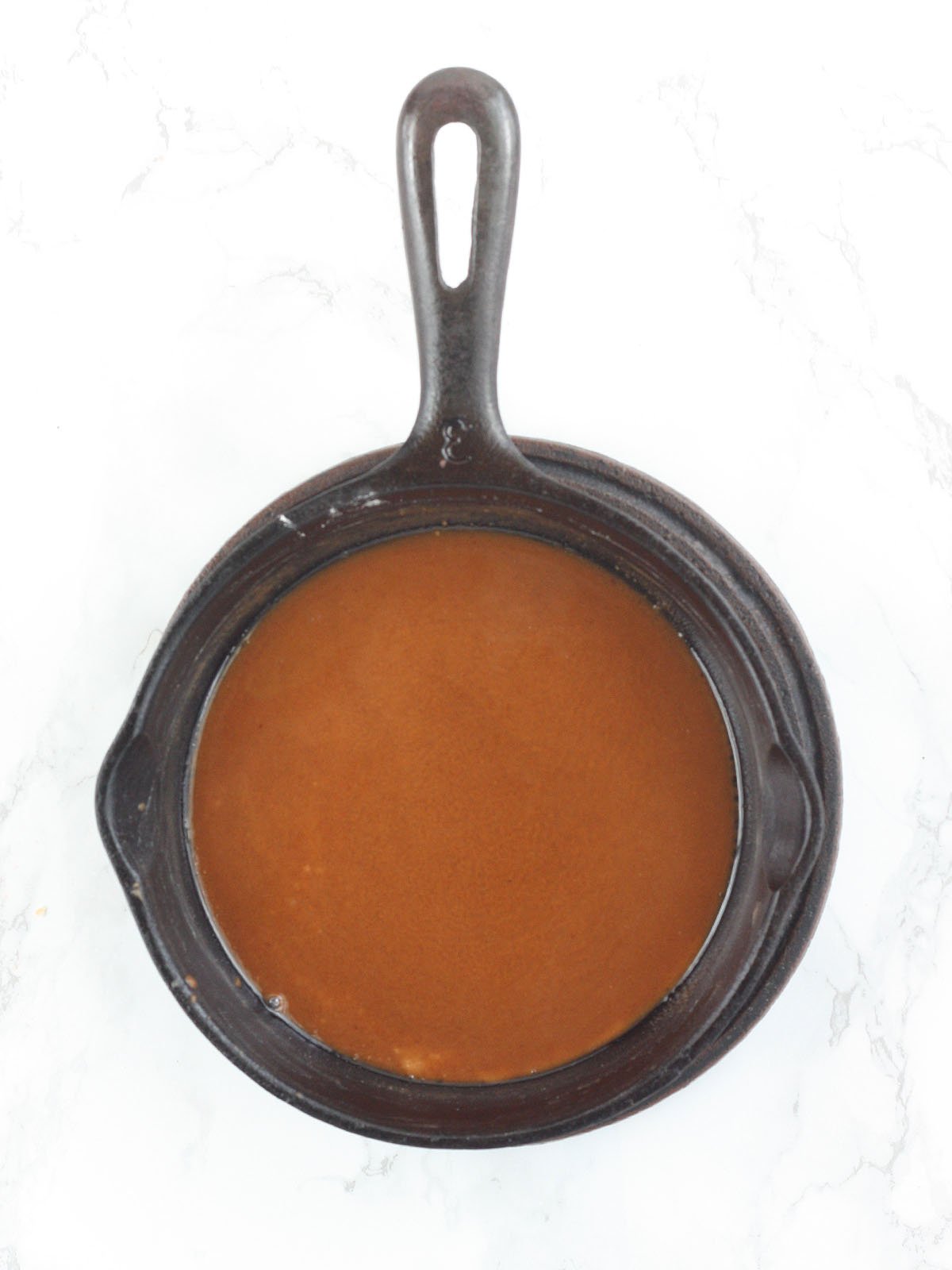How to Make a Roux
Knowing how to make a roux is a basic cooking skill every aspiring home cook should master. Never made a roux before? I’m sharing some of my favorite tips and techniques.

Roux. It’s a funny word and if you were raised anywhere close to Louisiana, you probably know what it means. Sure, it’s the foundation for every good gumbo recipe. But it also has the power to transform sauce or soup into something thick and luxurious. Making the perfect roux is not hard, but it may take a little practice.
What is a roux?
First, let’s get the pronunciation right. It’s pronounced roo. A roux is simply a mixture of equal parts fat and oil used to thicken liquid. The fat used can range from oil, butter, even bacon grease.
How to make a roux
Start by heating your oil in a large pan over medium heat. Once the oil is heated, gradually sprinkle in an equal amount of flour. I don’t recommend dumping it in all at once. Have a whisk handy and stir constantly to prevent any lumps from forming.

Different types of roux and what they are used for
There are four different types of roux, each varying in color and flavor. The longer a roux is allowed to cook, the darker it will become and the more distinct the flavor will be. The type of dish you are preparing will determine the type of roux you need. The four types of roux are:
White Roux – 2 minutes
A white roux is used solely for thickening. It is cooked just long enough to get rid of the raw taste of the flour and does not add any distinct flavor to the dish. Once you’ve added your flour to the oil, stir constantly for two minutes. It should remain a white/pale yellow color and should not turn brown.

Recipes that use a white roux:
Blonde Roux – 4 minutes
A blonde roux is cooked just until it has started to take on a light tan hue. It adds just a slight amount of flavor to the dish. Once you’ve added your flour to the oil, stir constantly for four minutes. It should resemble the color of caramel. If you are making a brown gravy from scratch for mashed potatoes, this would use a blonde roux.

Brown Roux – 6 minutes
Some people also refer to this as peanut butter roux. It has a slightly nuttier flavor than the blonde roux. Once you’ve added your flour to the oil, stir constantly for six minutes. It should resemble the color of peanut butter.

Recipes that use brown roux:
Dark Brown Roux
This may also be referred to as chocolate roux. Because it is cooked the longest, it has a very distinct nutty flavor. Once you’ve added your flour to the oil, stir constantly for 6-8 minutes. It should resemble the color of chocolate.

Recipes that use dark brown roux:
Troubleshooting
Even if you think you’ve followed these instructions carefully, occasionally problems can still arise. Here are a few of the most common and what might have caused them.
Roux is burned.
This is the most common problem. If you start to notice black flecks in your roux, it has burned. Burned roux has a bitter flavor that will ruin the flavor of your dish. The only thing to do it discard it and start over. But this time, don’t walk away. Once you add the flour to the fat, grab a whisk or wooden spoon and stir, stir, stir. Keeping the roux moving will prevent it from burning. Also make sure your temperature isn’t too hot. Medium heat is optimal.
Roux separates when adding liquid.
When adding liquid to a finished roux, make sure the temperature of the liquid is comparable to the temperature of the roux. Don’t add cold liquid to a hot roux. Likewise, don’t add a cold roux to a hot liquid. It will cause the flour in the roux to clump up, resulting in lumps. No one likes lumps in their gravy or gumbo.
Roux is too thin or too thick
Usually the recommended fat to flour ratio is 1:1. That means if you use ½ cup of fat, you’ll want to add in ½ a cup of flour. The roux should remain smooth as you are stirring. If it starts to clump up and look a little thick, add a little more fat. Likewise, if the roux seems thin and not thickening at all, add a little more flour. Don’t go overboard. Try one tablespoon at a time until it reaches the desired consistency.
Can a roux be made ahead of time?
While I have never done this personally, I do know others who have successfully stored a roux for later use. Cooled roux should be placed in an airtight container. It will keep in the refrigerator for six months.
Another option is the place the cooled roux in an ice cube tray or muffin pan to freeze, then pop the cubes out into a plastic freezer bag. It will also keep for six months.
